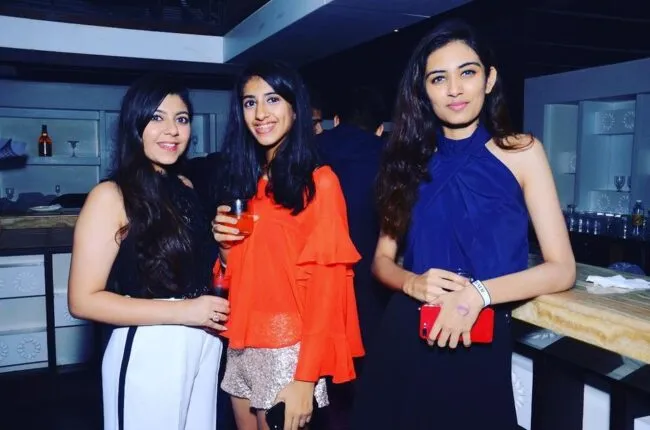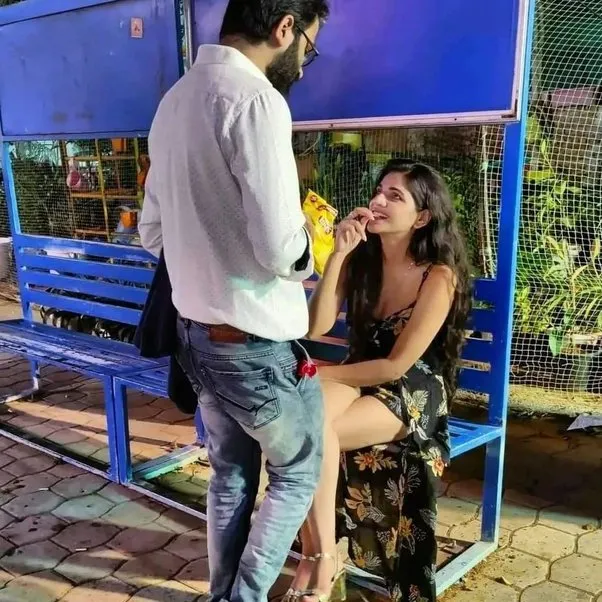Tinder, Bumble, and Hinge Vs Zupid - The Best Dating App for Genuine Connections
Online dating has evolved significantly over the years, and today, users have several options to choose from. Apps like Tinder, Bumble, and Hinge have dominated the space, each offering its own approach to matchmaking. However, a new contender, Zupid, is changing the game by focusing on deeper connections beyond just photos. In this blog, we’ll compare Zupid with Tinder, Bumble, and Hinge, exploring how it stands out and why it might be the next big thing in online dating.
The Basics: How Each App Works
Tinder
Tinder is the most well-known dating app and is primarily swipe-based. Users see profiles with a photo, name, age, and a short bio. Swiping right means you’re interested, and swiping left means you’re not. If both users swipe right, they match and can start chatting. Tinder doesn’t focus heavily on compatibility—it’s mostly based on looks and initial attraction.
Bumble
Bumble operates similarly to Tinder but with a key difference: women must message first after a match is made. If the woman doesn’t send a message within 24 hours, the match disappears. This gives women more control over conversations and reduces the number of unwanted messages. However, like Tinder, Bumble is largely photo-driven, with limited focus on deeper compatibility.
Hinge
Hinge positions itself as the dating app “designed to be deleted.” It moves beyond just swiping by encouraging users to engage with profile prompts and specific sections like “most irrational fear” or “go-to karaoke song.” Users can like a specific part of someone’s profile instead of just their photo, making interactions more meaningful. While it adds some personality to the mix, its matching is still quite general.
How Zupid is Different
Zupid takes a different approach by balancing attraction with deeper compatibility. It isn’t just about swiping left or right based on looks—it offers a structured way to assess personality and shared interests.
1. Three-Tiered Profile System
Unlike Tinder, Bumble, and Hinge, which primarily rely on photos and short bios, Zupid organizes profiles into three sections: Looks, Personality, and Interests.
Looks: This section is similar to other apps where users upload their photos, but Zupid ensures authenticity by monitoring all uploaded images. Spammy content like memes, scenery, or irrelevant images is removed, ensuring real users.
Personality: This section includes an “About Me” section, prompts for users to answer, and a rating system from 1 to 5 in five key traits: Social Style, Emotional Trait, Decision Making, Communication Style, and Lifestyle Preferences. This helps users gauge compatibility beyond just appearance.
Interests: This is where Zupid truly stands out. Users can list their favorite movies (minimum 3, maximum 20), and their preferences in sports, reading, food, drinks, music, TV shows, pets, hobbies, and travel. This allows for matching based on shared interests, making conversations flow naturally.
2. Matching Based on Interests (and Maybe Opposites Too)
Most dating apps focus primarily on location and a small set of personal preferences, but Zupid takes things further. By matching users based on shared interests, it increases the chances of meaningful conversations and real connections. Additionally, the app plans to experiment with “opposites attract” matches, adding an extra layer of excitement to dating.
3. No Fake Profiles, No Spam, and Zero Tolerance for Scams
One of the biggest frustrations with dating apps is encountering fake profiles, scammers, and spam accounts. Tinder and Bumble have struggled with this issue, while Hinge has made some efforts to limit fake users. Zupid tackles this head-on with:
Strict profile verification
Monitoring every uploaded photo to ensure authenticity
Removing spam images
A zero-tolerance policy for scams and fraud
Unlike other apps that shadowban users without transparency, Zupid ensures that every account is treated fairly while keeping the platform safe for genuine users.
The User Experience: What It’s Like to Use Each App
Tinder: Quick and easy to use, but highly superficial. Many users complain about bots and ghosting.
Bumble: A slightly better version of Tinder with the “women message first” feature, but still struggles with meaningful matches.
Hinge: Offers more detailed profiles but still lacks a strong interest-based matching system.
Zupid: Encourages meaningful connections through detailed personality insights and shared interests, making it ideal for those looking for more than just surface-level attraction.
Which App is Best for You?
If you want quick and casual matches based purely on looks, Tinder is your go-to app.
If you prefer giving women the first move, Bumble is a good option.
If you want more detailed profiles but still a traditional dating app experience, Hinge is worth a try.
If you are looking for a dating app that prioritizes personality, shared interests, and real profiles, Zupid is the best choice.
Final Thoughts
Zupid is redefining online dating by focusing on what truly matters—genuine connections. While Tinder, Bumble, and Hinge have their strengths, they often fall short in fostering meaningful relationships. With its unique profile structure, strict verification process, and interest-based matching system, Zupid offers a refreshing alternative for those tired of superficial dating experiences.
As online dating continues to evolve, Zupid is setting new standards for authenticity, compatibility, and user experience. Whether you're looking for love or just someone who shares your favorite movie preferences, Zupid makes dating more engaging and meaningful.






